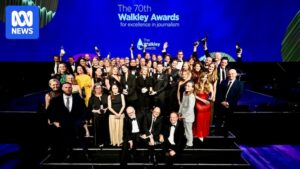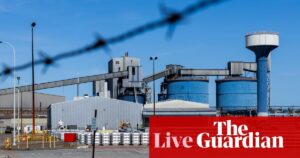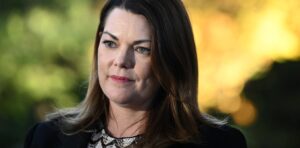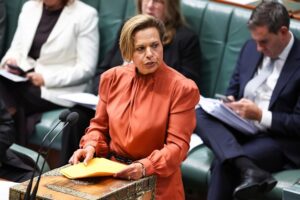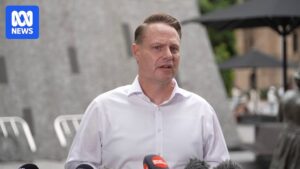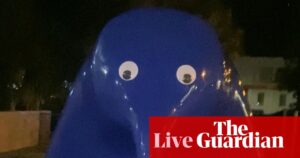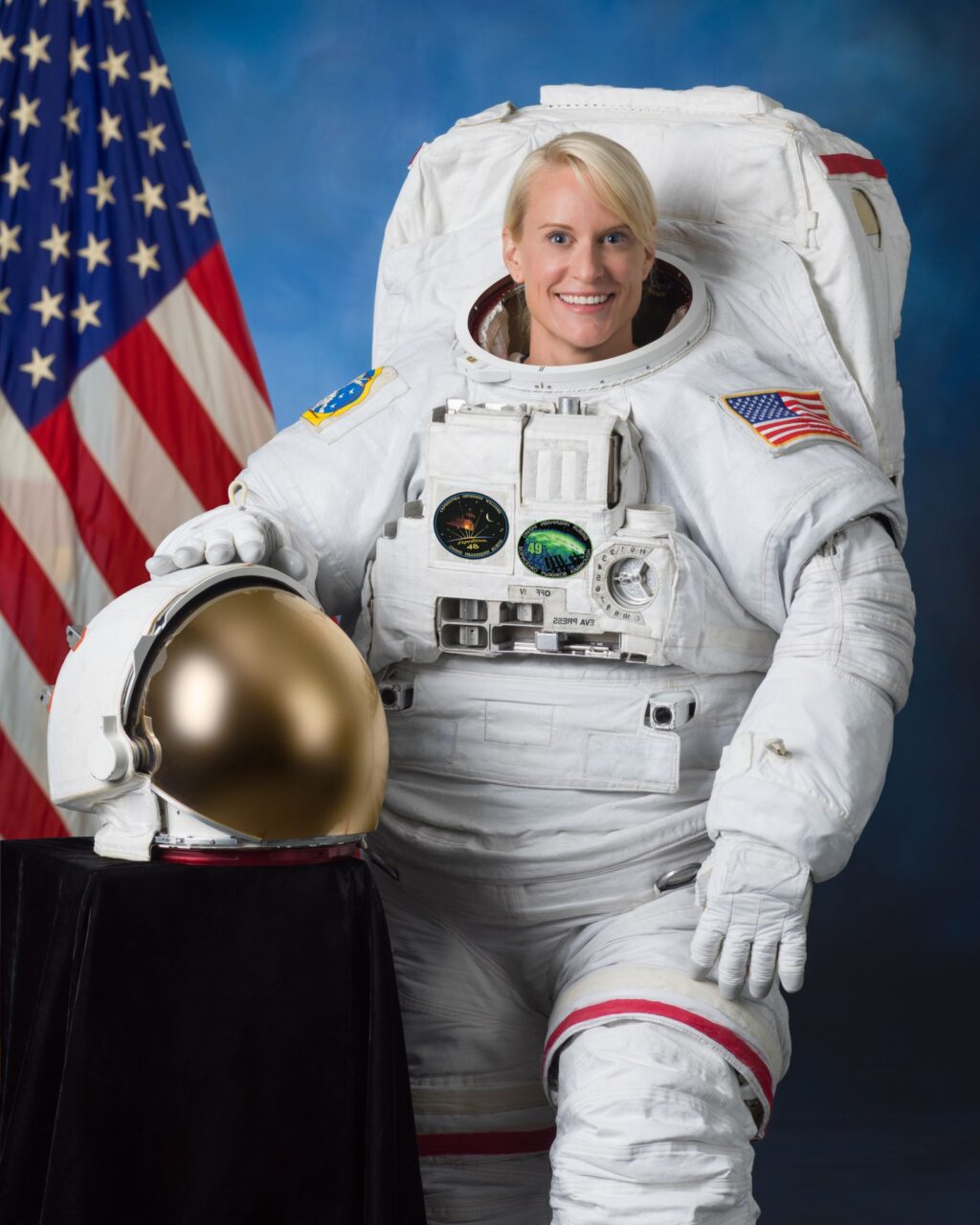
NASA astronaut and pioneering microbiologist Kate Rubins has retired after a distinguished 16-year career with the agency. Known for her groundbreaking work aboard the International Space Station (ISS), Rubins completed two long-duration missions, accumulating 300 days in space and conducting four spacewalks.
“I want to extend my sincere gratitude to Kate for her dedication to the advancement of human spaceflight,” said Steve Koerner, acting director of NASA’s Johnson Space Center in Houston. “She is leaving behind a legacy of excellence and inspiration, not only to our agency but to the research and medical communities as well. Congratulations, Kate, on an extraordinary career.”
Achievements in Space Exploration
Rubins’ first mission began in July 2016, aboard the inaugural test flight of the Soyuz MS spacecraft. During Expedition 48/49, she contributed to over 275 scientific experiments, emphasizing molecular and cellular biology research. Notably, she became the first person to sequence DNA in space, a milestone that enabled significant advances in in-flight molecular diagnostics and the development of molecular biology tools and processes in microgravity.
Her second mission launched in October 2020 from the Baikonur Cosmodrome in Kazakhstan as part of Expedition 63/64. Throughout this mission, Rubins continued her work on DNA sequencing, a crucial step toward diagnosing illnesses and identifying microbes in space. Her efforts included heart research and various microbiology studies, furthering the scientific investigations initiated during her previous mission.
“From her groundbreaking work in space to her leadership on the ground, Kate has brought passion and excellence to everything she’s done,” said Joe Acaba, chief of the Astronaut Office at NASA Johnson.
Contributions Beyond the Space Station
In addition to her spaceflight achievements, Rubins served as acting deputy director of NASA’s Human Health and Performance Directorate. In this role, she helped guide strategy for crew health and biomedical research, contributing to the development of next-generation lunar spacesuits for upcoming Artemis missions to the Moon.
Before her selection as an astronaut in 2009, Rubins earned a bachelor’s degree in molecular biology from the University of California, San Diego, and a doctorate in cancer biology from Stanford University Medical School. Following her second space mission, she joined the U.S. Army Reserve as a major, serving as a microbiologist in the Medical Service Corps. Currently, she holds the position of innovation officer with the 75th U.S. Army Reserve Innovation Command’s MedBio Detachment in Boston.
Legacy and Future Endeavors
Rubins has been a frequent keynote speaker at scientific, educational, and industry events, advocating for NASA’s scientific and exploration missions. As she transitions from government service, she remains committed to advancing innovation at the intersection of biology, technology, and space.
“It has been the honor of a lifetime to live and work in space,” said Rubins. “I am grateful for the extraordinary advances at NASA, and it was a privilege to serve and contribute to something so meaningful. The mission of exploration continues, and I can’t wait to watch this nation do what once seemed impossible.”
Rubins’ retirement marks the end of a remarkable chapter in space exploration, yet her contributions will continue to influence future missions and inspire new generations of scientists and astronauts. As NASA prepares for the next era of space exploration, including missions to the Moon and Mars, the groundwork laid by pioneers like Rubins will be invaluable.
